During large-quantity PCB assembly/soldering, are SMD (surface-mount) headers traditionally easier or harder to assemble than DIP (through-hole) ones?
By easier/harder, I'm concerned about differences between the two in terms of assembly time/cost. I'm designing a board where I would like to make a better-informed choice between the two.
I suppose the only way there would be a difference in difficulty between the two is if one of them were manually soldered, so another way to ask the question might be:
Are both kinds of headers soldered by hand to this day, or is one of them machine pick-and-placed with some customized reflow profile so as not to melt the plastic?
